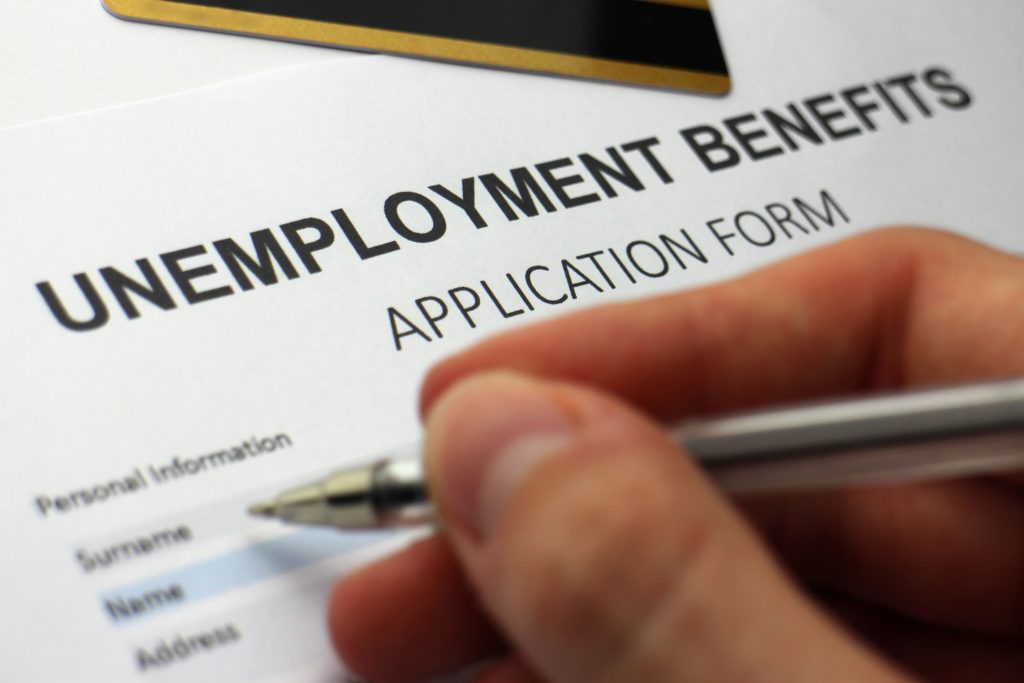Big NFIB-lobbying victory from 2021 provided badly needed tax relief enduring the height of the COVID-19 pandemic
Passage of House Bill 3389 in 2021, providing urgent unemployment insurance tax relief, was a timely and vital lobbying victory for NFIB. It held businesses as harmless as possible for pandemic-related layoffs, while at the same time providing partial deferral and forgiveness for 2021 tax increases to address near-term costs — keeping Oregon in a lower overall tax schedule over the next decade.
The parts of HB 3389 that provided employers with a three-year experience rating freeze come to an end this year, and small business owners will be notified of their new rates next month.
According to the Oregon Employment Department “Each November, the Oregon Employment Department notifies employers of tax and contribution rates for the next calendar year. We will mail letters to employers with their rate information for both Paid Leave Oregon and Unemployment Insurance on November 15. You can also find your 2025 rate information in your Frances Online account after November 15.
“To support Oregon businesses who were negatively affected during the pandemic, the Legislature passed House Bill 3389 (2021) which temporarily held experience ratings at 2020 rates. For 2025, we are returning to the standard rules that were in place before the pandemic to calculate your UI tax rate.
“House Bill 3389 required us to use your 2020 experience rate to calculate your 2024 tax rate, but for 2025, this will change. We will calculate your 2025 tax rate based on wages and benefit charges from the third quarter of 2021 through the second quarter of 2024.”
Related
Also from the Department ….
- “Third quarter payroll reports due October 31. If you have at least one employee with wages subject to Paid Leave Oregon, you must submit Paid Leave contributions, even if you are not subject to Unemployment Insurance taxes.”
- “Workers’ compensation costs drop in 2025. In 2025, Oregon employers on average will pay less for workers’ compensation coverage, the Department of Consumer and Business Services has announced. The pure premium rate – the base rate insurers use to determine how much employers must pay for medical costs and lost wages – will drop by an average 3.2 percent.”

